Search the Special Collections and Archives Portal
Search Results
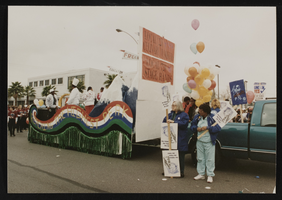
Martin Luther King Jr. parade, Culinary Union, Las Vegas (Nev.), 1995 January 14 (folder 3 of 4 ), image 17
Date
1995-01-14
Description
Arrangement note: Series I. Demonstrations, Subseries I.B. Other Demonstrations and Strikes
Image
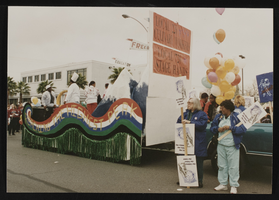
Martin Luther King Jr. parade, Culinary Union, Las Vegas (Nev.), 1995 January 14 (folder 3 of 4 ), image 18
Date
1995-01-14
Description
Arrangement note: Series I. Demonstrations, Subseries I.B. Other Demonstrations and Strikes
Image
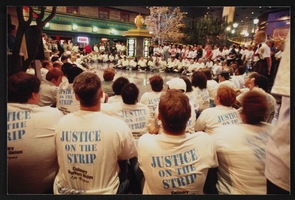
ARK civil disobedience, Culinary Union, Las Vegas (Nev.), 1998 May 14 (folder 1 of 3), image 115
Date
1998-05-14
Description
Arrangement note: Series I. Demonstrations, Subseries I.B. Other Demonstrations and Strikes
Image
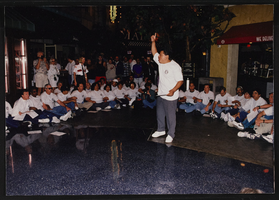
ARK civil disobedience, Culinary Union, Las Vegas (Nev.), 1998 May 14 (folder 1 of 3), image 116
Date
1998-05-14
Description
Arrangement note: Series I. Demonstrations, Subseries I.B. Other Demonstrations and Strikes
Image

ARK civil disobedience, Culinary Union, Las Vegas (Nev.), 1998 May 14 (folder 1 of 3), image 117
Date
1998-05-14
Description
Arrangement note: Series I. Demonstrations, Subseries I.B. Other Demonstrations and Strikes
Image
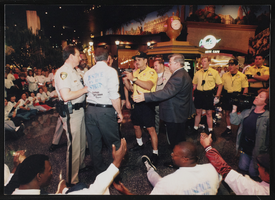
ARK civil disobedience, Culinary Union, Las Vegas (Nev.), 1998 May 14 (folder 1 of 3), image 118
Date
1998-05-14
Description
Arrangement note: Series I. Demonstrations, Subseries I.B. Other Demonstrations and Strikes
Image

ARK civil disobedience, Culinary Union, Las Vegas (Nev.), 1998 May 14 (folder 1 of 3), image 119
Date
1998-05-14
Description
Arrangement note: Series I. Demonstrations, Subseries I.B. Other Demonstrations and Strikes
Image
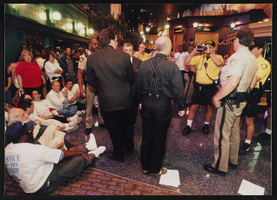
ARK civil disobedience, Culinary Union, Las Vegas (Nev.), 1998 May 14 (folder 1 of 3), image 120
Date
1998-05-14
Description
Arrangement note: Series I. Demonstrations, Subseries I.B. Other Demonstrations and Strikes
Image
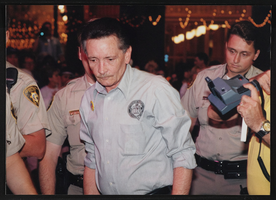
ARK civil disobedience, Culinary Union, Las Vegas (Nev.), 1998 May 14 (folder 1 of 3), image 121
Date
1998-05-14
Description
Arrangement note: Series I. Demonstrations, Subseries I.B. Other Demonstrations and Strikes
Image

ARK civil disobedience, Culinary Union, Las Vegas (Nev.), 1998 May 14 (folder 1 of 3), image 122
Date
1998-05-14
Description
Arrangement note: Series I. Demonstrations, Subseries I.B. Other Demonstrations and Strikes
Image
Pagination
Refine my results
Content Type
Creator or Contributor
Subject
Archival Collection
Digital Project
Resource Type
Year
Material Type
Place
Language
Records Classification
